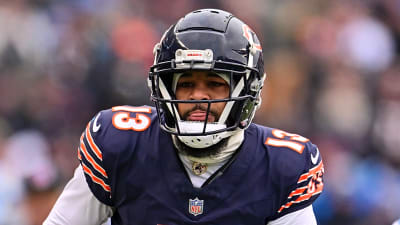
One of the highlights of the NHL's offseason is the agreement between the owners and the NHL Players Association on a new Collective Bargaining Agreement. Although the current CBA isn't set to expire until September 2026, the two sides finalized the framework of the new deal over a year before a potential work stoppage might have occurred. With both sides ratifying the new CBA, NHL action is guaranteed through the 2029-2030 season.
While the new CBA's Memorandum of Understanding has not been fully released, one clause within the agreement is causing considerable concern. Multiple insiders have reported that a notable change is forthcoming in the NHL's new operating guide.
In another step in the direction of updating and reevaluating the path from prospect to NHL player, the league is lowering the minimum age requirement to play in the American Hockey League (AHL). Previously, players had to be 20 years old to play in the AHL, but under a new provision in the CBA, organizations will be able to place one 19-year-old player with their affiliate per season. NHL insider Frank Seravalli outlined what he heard about the new rule via his social media.
"Sources say a new provision in the CBA will allow each NHL team to place one 19-year-old CHL player in the AHL per season," he wrote. "One per organization per season and 18-year-olds are ineligible. Begins in 2026-27 season."
Sources say a new provision in the CBA will allow each #NHL team to place one 19-year-old CHL player in the #AHL per season.
— Frank Seravalli (@frank_seravalli) July 10, 2025
One per organization per season and 18-year-olds are ineligible.
Begins in 2026-27 season.
The change is hopefully a helpful compromise for a recurring issue in the NHL. Under the previous CBA, organizations had no options for their 19-year-old prospects other than to send them to their junior team if they didn't crack the NHL lineup. That would remove the possibility of that player returning to the NHL until after their amateur team's season ended, which would also burn a year of their entry-level contract.
Now, when a 19-year-old player has surpassed the difficulty of the CHL, they can graduate to the next level instead of being forced to dominate a league they've outgrown. This will give the drafting team a better ability to monitor the player's development, while also creating more opportunities to play at the NHL level.
The change is also another setback for the CHL. Over the past year, they've gone from being the preeminent development hockey league to battling with college hockey and European circuits for that title. With more players choosing the NCAA route and this new addition to the CBA, the leaders of the CHL now face another obstacle in maintaining their hold on so many top prospects.
More must-reads:
- Carter Hart, others found not guilty in Hockey Canada sexual assault trial
- Hurricanes take care of business, sign star winger to lucrative eight-year extension
- The 'NBA Summer League MVPs' quiz
Breaking News
Trending News
Customize Your Newsletter
 +
+
Get the latest news and rumors, customized to your favorite sports and teams. Emailed daily. Always free!








